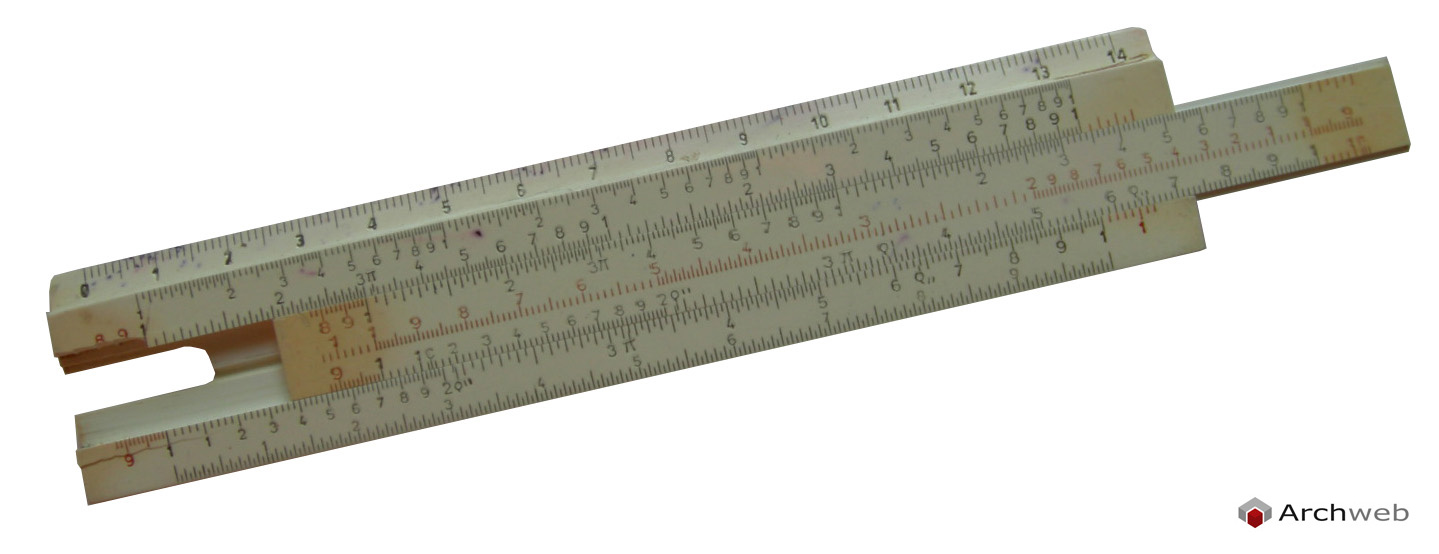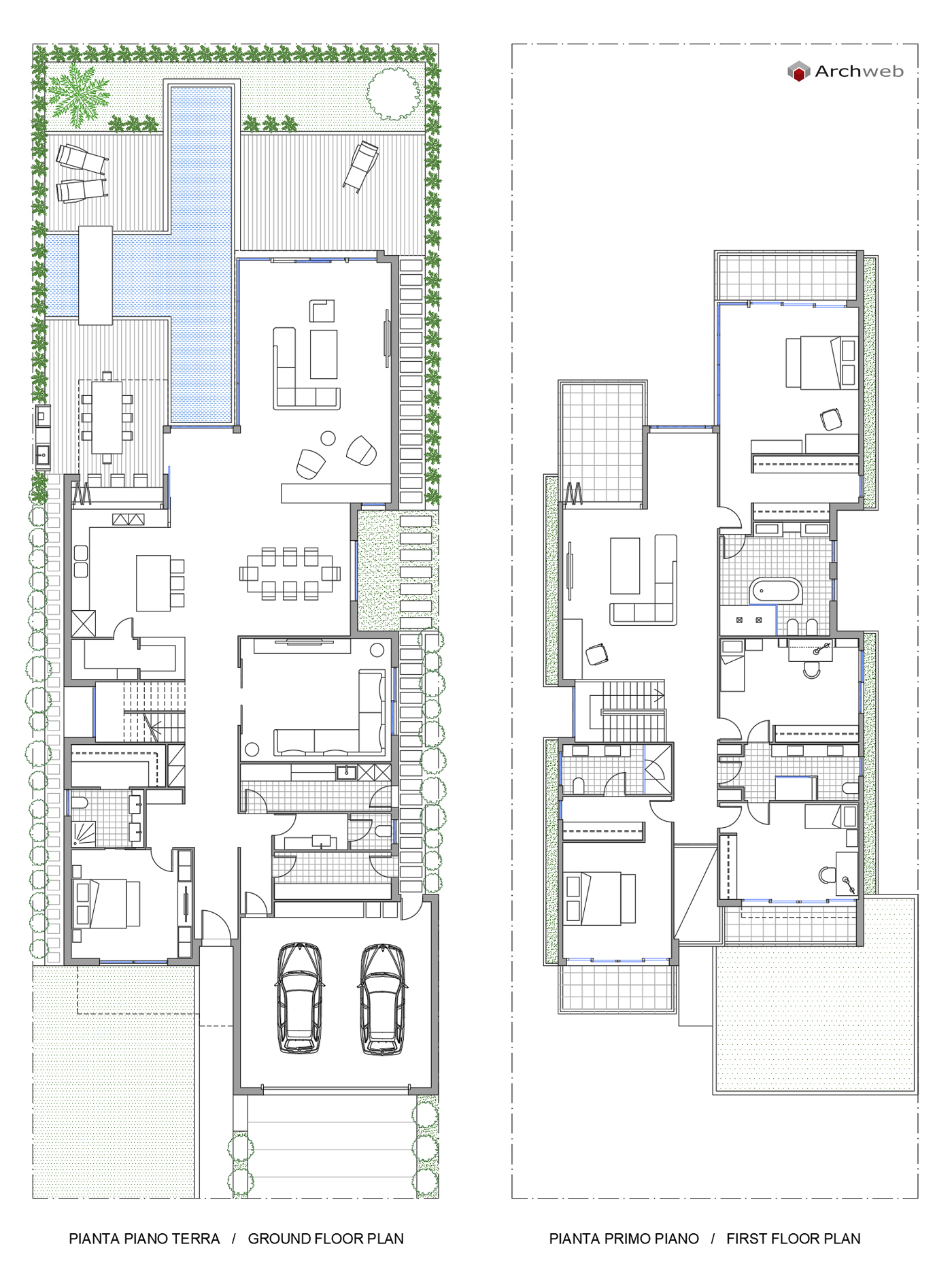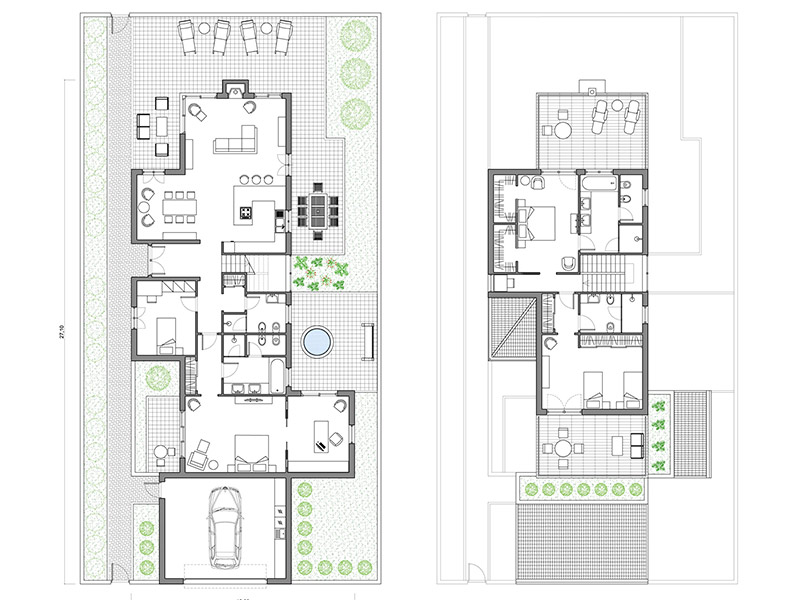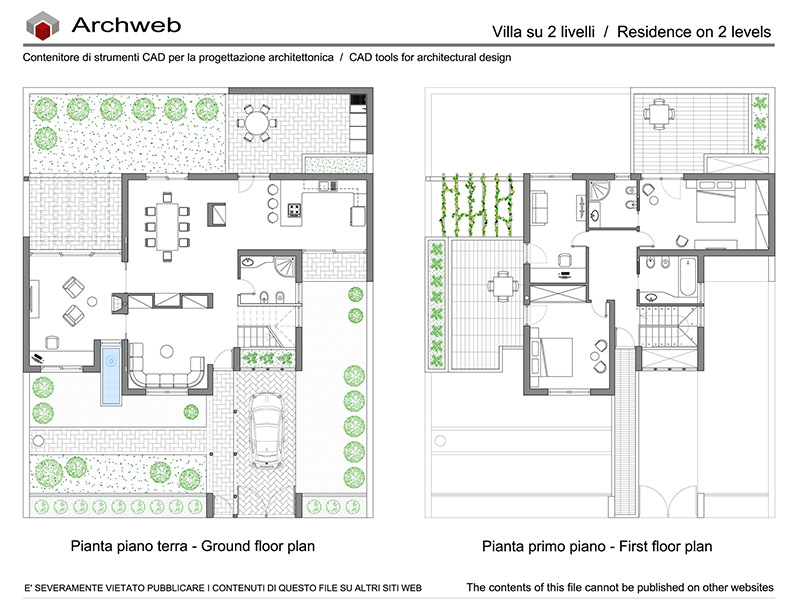Slide rule
Manual analog mechanical calculator

The slide rule, commonly known as the ‘slide rule’ in English, is an analogue mathematical tool used to perform arithmetic calculations and other mathematical operations. It consists of a series of logarithmic scales along a frame, with a slide rule that can slide back and forth on these scales.
The rule calculator was widely used before the advent of electronic calculators, especially during the period from the 1950s to the 1970s. It was popular among engineers, mathematicians, physicists and university students.
To perform a calculation with a calculator rule, one places the cursor over a number on one of the scales and then scrolls the rule to align it with another number on another scale. The result is read on the cursor itself or on an indicated scale. With practice, a wide range of mathematical operations can be performed using this tool, such as multiplication, division, square roots, logarithms and more.
Although it has been largely replaced by modern electronic calculators, the historical appeal and educational value of the rule calculator continue to make it an interesting object for maths and technology enthusiasts.
The slide rule consists of three parts:
- a body with fixed stairs
- a sliding rod with movable ladders, some in front, some behind
- a slider with one or more reference lines
Scale
Rules have different scales, depending on the type. Some are present on all rulers, others only on those intended for particular operations. Scales are usually recognisable by a letter written on the left. The main ones are:
- A: fixed scale of squares on the straightedge;
- B: sliding scale of squares on the slide;
- C: sliding scale of numbers on the slide;
- CI: inverse scale of numbers on the slide, but sometimes on the fixed;
- D: scale of numbers on the fixed;
- K: scale of cubes on the fixed
- L: fixed scale of decimal logarithms on the fixed;
- S: scale of sines, usually a sliding scale on the slide, in Graphoplex rulers on the back of the slide, sometimes a scale on the fixed;
- ST: scale of sines and tangents for small angles, usually a scale on the slide, in Graphoplex rulers on the back of the slide, sometimes a scale on the fixed; T: scale of tangents, usually a scale on the fixed
- T: scale of tangents, usually a scale on the slide, in Graphoplex rules on the back, sometimes a scale on the fixed; T: scale of tangents, usually a scale on the slide, in Graphoplex rules on the back, sometimes a scale on the fixed;
Number scales do not indicate values in an absolute sense, but only the significant digits of scientific notation. It is up to the user to interpret each number by adding the correct order of magnitude.
In other words, the notch 1.2 on the number scale can also indicate numbers such as 12 or 120, or numbers such as 0.12 and 0.012.
In the same way, the decimal logarithm scale only indicates the fractional part of the logarithm, i.e. its mantissa, since its integer part corresponds to the order of magnitude of the number.
Anyone wishing to contribute to improve this page can contact the editorial staff



































































